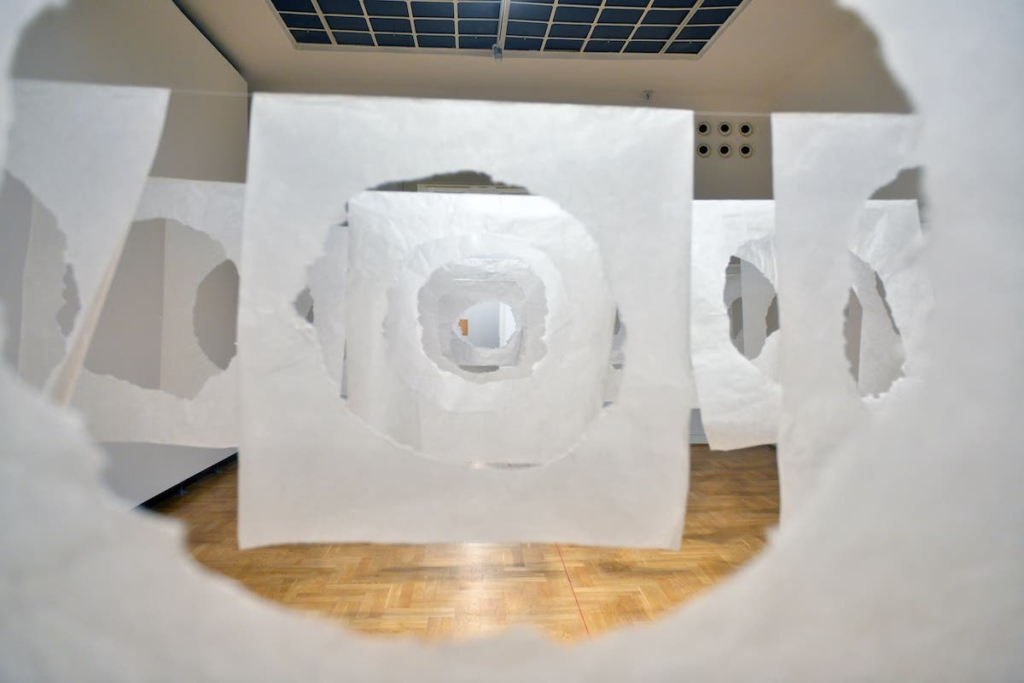Housemates
Exhibition folderAnia Witkowska and Adam Witkowski in their project sought to answer the question: to what extent does them being a family unit affects their work.

How are artists inspired by privacy? How can what’s personal become social? Can whisper and calmness be as effective as shouting and rebellion? These are the questions that we are trying to answer in the tenth issue the Zachęta Online Magazine.
Our latest edition begins with an interview with Koji Kamoji and his loved ones – his daughter Monika Kamoji-Czapińska and son-in-law Janusz Czapiński – conducted for the exhibition Silence and the Will to Live. “The will to live is something that you feel at any age. My friend Sasaki committed suicide when he was 20. He wanted to die, so he took sleeping pills, but the thirst caused by the medication forced him to crawl to the seashore, where he died. On the one hand, he wanted to die, but on the other, his body wanted to continue to live, to drink water. And that’s how the will to live works. Regarding old age, you can also see the will to live here, like with Japanese tissue paper with holes — life yields to the movement of air, to gusts of wind, and does not oppose them. The air moves through the holes, but despite this, the tissue paper still exists. Here, I can see the will to live, to survive. I believe that the will to live is the most important thing of all”, the artist reflected in 2018.
From among the works in our collection, we recall Alina Szapocznikow’s unique sculpture installation Tumors Personified (1971). The title itself leaves no doubt that it refers to the artist’s struggle with the disease and her coming to grips with it, while the material she uses more than others seems to resemble the surface of the human body. From our film department, we recommend the moving video Praise the Flowery Meadows by Karol Radziszewski, in which the artist and his grandmother perform the eponymous religious song – he in a professional recording studio and she in the privacy of her home.
Among the recent Zachęta’s publications, our media room offers Karolina Wiktor’s artistic book Pusto-stan nienawiści [Uninhabitable emptiness of hate], published as part of the Antifascist Year celebrations. In her personal visual and textual form, the artist presents disturbing changes taking place in the reality around us. This is what Wiktor writes about her project: “My visual poem was inspired by a real uninhabited building that I spotted in the Marymont district of Warsaw. It had the words HATE inscribed on the façade. A couple of years later I returned there to take photos of the place. A rebellion of ignorance kindled inside me… when the reality that we live in changed radically: at the political and social level, but also – individually – at the emotional level. In this text, I’m trying to grasp the meaning of hateful words and behaviour – I’m trying to map a piece of the world that defies the rules making us change more and more as a society. What’s there behind the door of hate?”
Naturally, you can find more of our recommendations at zacheta.art.pl. We invite you to read, browse, and explore the Zachęta’s online resources.
From a whisper to a scream. We begin the latest issue of our online magazine with an interview with Koji Kamoji, his daughter Monika and Janusz Czapiński accompanying the exhibition Silence and the Will to Live.
